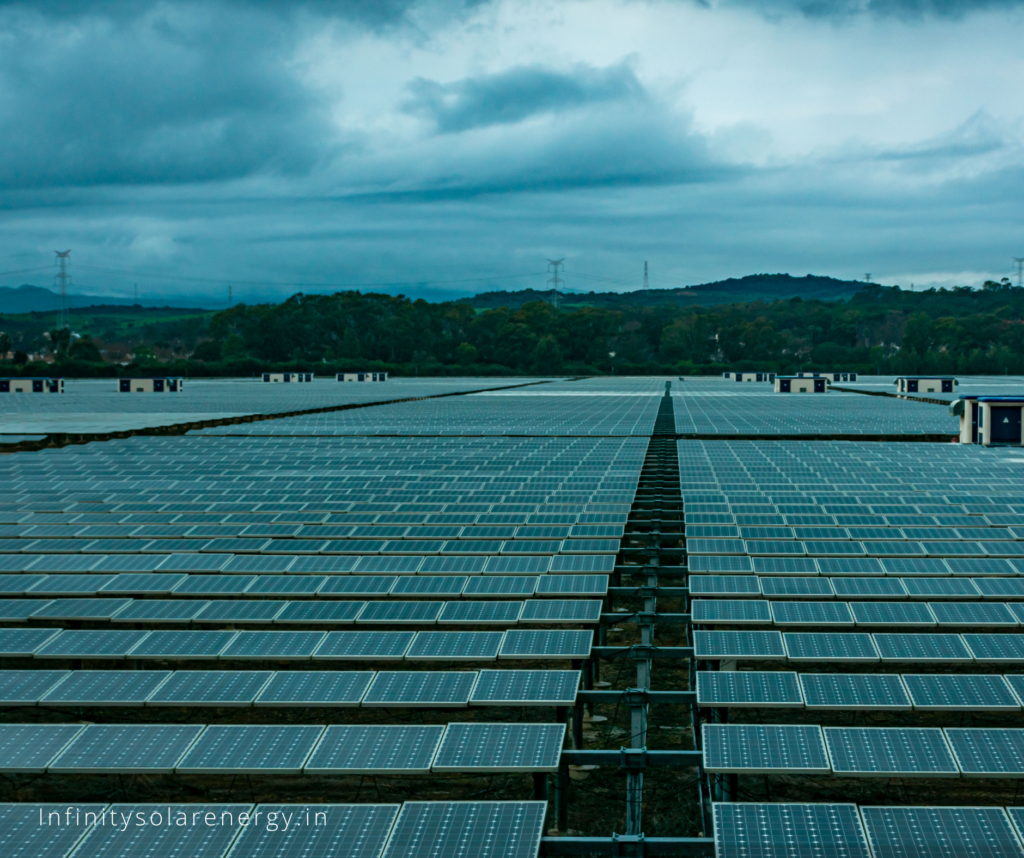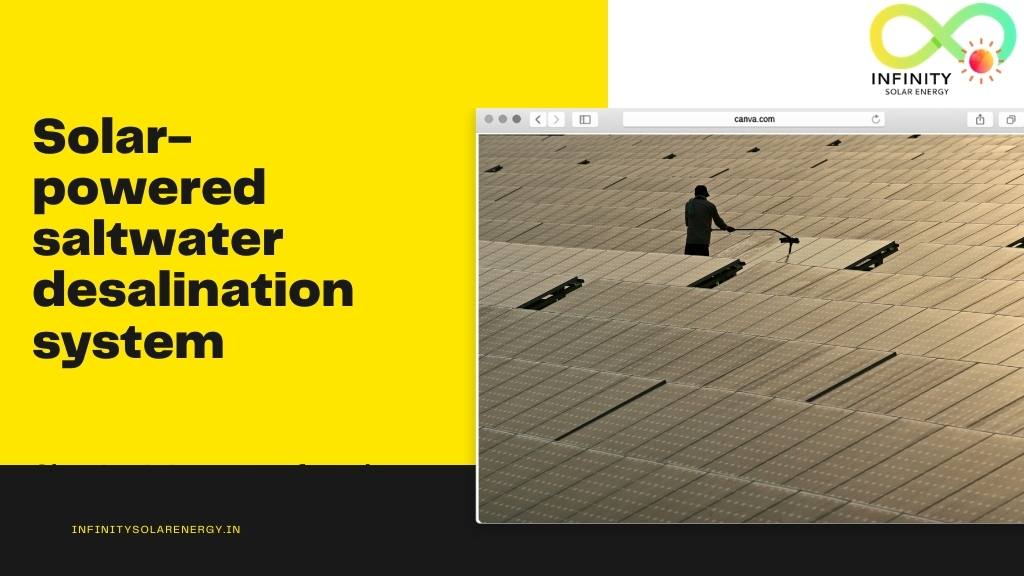The King Abdullah University of Science and Technology in Saudi Arabia has developed a photovoltaics membrane distillation-evaporative crystallinelizer (PME), that can simultaneously produce fresh water and electricity. Solar-powered saltwater desalination system
Wenbin Wang, a researcher at KAUST, stated that this system is particularly suitable for off-grid communities. The team will use the technology to address the problems of electricity and freshwater supply in remote or rural areas where there is no grid electricity.
Solar-powered saltwater desalination system || Cooling and other fundamentals
The device is described in the Joule study “Integrated solar driven PV cooling and seawater demalination with no liquid discharge” recently published in Joule. It consists of a multistage, membrane distillation (MSMD), component that is placed on top of a large-area 16×16 cm solar cell and uses the waste heat to drive water evaporate. The Saudi group explained that heat is transferred to the evaporation layers via the conduction layer. “The vapor generated passes through the porous hydrophobic membrane, and then is condensed in the condensation layers to make fresh water.”
Solar-powered saltwater desalination system|| stats, figures and temperatures

The PV Solar-powered saltwater desalination system device was mounted towards the south with a tilt of 22 degrees. It was also connected to a resistor. The MDMD component’s hydrophobic membranes have a thickness (0.1mm) and porosity (0.86%). They are described by scientists as crucial elements for both the cooling of the PV device, and high water production. Scientists explained that the PME device could reduce the temperature of the PV cell to approximately 46.6deg C to 47.8deg C. This is in contrast to 61.2deg C for a single solar cell. They also noted that this reduced temperature led to an increase in yield of around 8% which, in turn, resulted in a higher freshwater production.
The PME could produce 8.09 kg m2 freshwater per day, or 1.66 kg per square meters. The solar cell’s power conversion efficiency was 13.76%. This is 2.46 more than the solar cells working alone in the control experiment.
The system proposed can also evaporate concentrated brine created during the process using an evaporative cristallizer. This results in zero liquid discharge. The scientists explained that the produced brine is kept in a container underneath the device to act as a buffer before being whipped to the evaporative cristallizer by the capillary effect.
Solar-powered saltwater desalination system || designs
Wang stated that the application of the system to standard PV arrays will depend on the packaging technology used by the PV panel. pv Solar-powered saltwater desalination system. For the flat-sided PV panel, you can integrate it immediately. However, for the non-flatted PV panel, new designs must be created.


Pingback: Solar Tree: The Future of Renewable Energy? How They Work, What They Do 2 | Infinity Solar Energy || Best Rooftop Solar in Lucknow || Solar in Uttar Pradesh